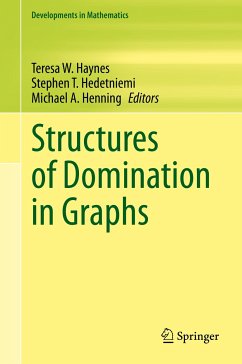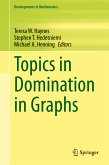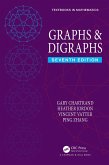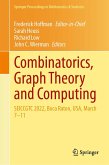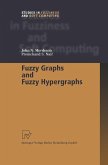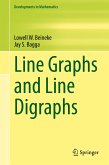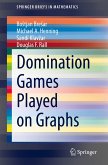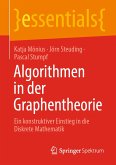This volume comprises 17 contributions that present advanced topics in graph domination, featuring open problems, modern techniques, and recent results. The book is divided into 3 parts. The first part focuses on several domination-related concepts: broadcast domination, alliances, domatic numbers, dominator colorings, irredundance in graphs, private neighbor concepts, game domination, varieties of Roman domination and spectral graph theory. The second part covers domination in hypergraphs, chessboards, and digraphs and tournaments. The third part focuses on the development of algorithms and complexity of signed, minus and majority domination, power domination, and alliances in graphs. The third part also includes a chapter on self-stabilizing algorithms. Of extra benefit to the reader, the first chapter includes a glossary of commonly used terms.
The book is intended to provide a reference for established researchers in the fields of domination and graph theory and graduate students who wish to gain knowledge of the topics covered as well as an overview of the major accomplishments and proof techniques used in the field.
Dieser Download kann aus rechtlichen Gründen nur mit Rechnungsadresse in A, B, BG, CY, CZ, D, DK, EW, E, FIN, F, GR, HR, H, IRL, I, LT, L, LR, M, NL, PL, P, R, S, SLO, SK ausgeliefert werden.

